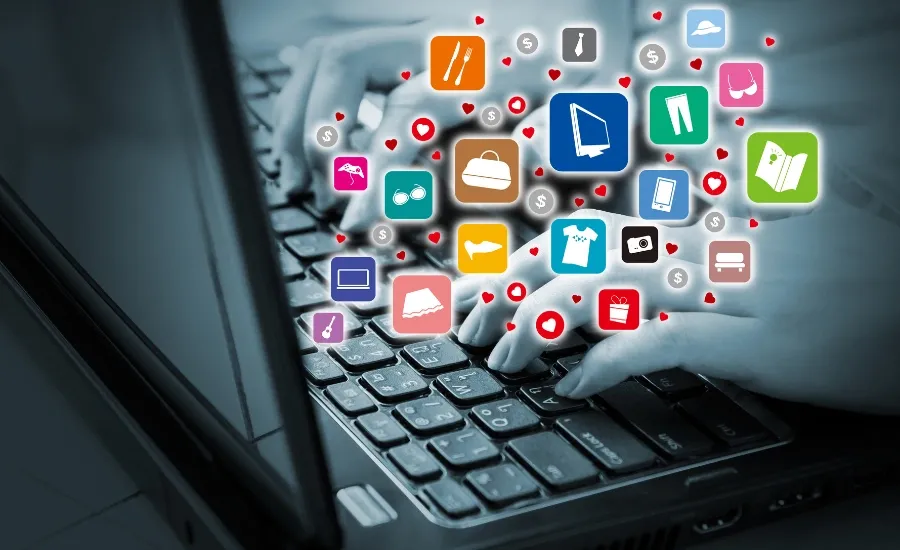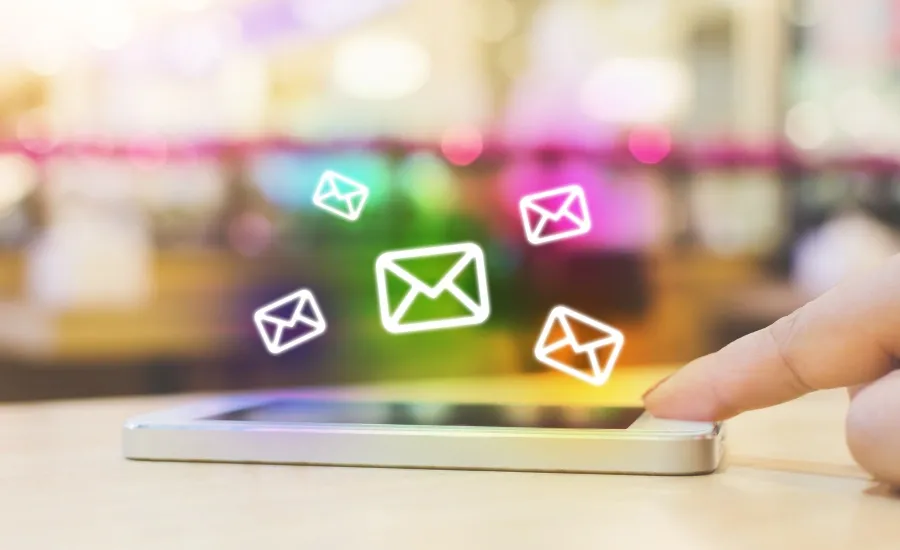
30 Ways to Organize Your Digital Life for Maximum Efficiency
In an age where our lives are increasingly lived on screens, the digital clutter we accumulate can feel just as overwhelming as a messy room. From a chaotic desktop covered in unsorted files to an inbox overflowing with thousands of unread emails, the disorganization can be a major source of stress and a huge drain on productivity. It’s easy to feel like you’re constantly searching for that one crucial document or losing track of important deadlines buried in a digital avalanche. But what if you could take control of your digital space and transform it into a streamlined, efficient system that works for you, not against you?
This isn't just about tidying up; it's about creating intentional habits and using smart tools to build a digital environment that supports your goals and frees up your mental energy for the things that actually matter.
These 30 simple yet powerful strategies, you can stop feeling overwhelmed and start working smarter.
File and Storage Management

- Declutter Your Desktop: Your desktop is your digital workspace, so keep it clean. Move everything into a dedicated folder and only keep active project files on the desktop to maintain a clear, focused view.
- Use a Consistent Naming Convention: Don't let your files become a mystery. Adopt a logical naming system like ProjectNameYYYY-MM-DDDescription to make every file instantly searchable and easy to understand.
- Implement a Folder Hierarchy: Create a structured system for your files. A good example is a tiered structure: Work > Client Name > Project Name > Deliverables. This makes it simple to navigate and find what you need without a lengthy search.
- Embrace Cloud Storage: Use services like Google Drive or Dropbox for storing your files. This provides an automatic backup and allows you to access your documents from any device, anywhere.
- Back Up Your Data Regularly: Protect your work by having a backup plan. Whether it’s an external hard drive or a continuous cloud sync, make sure you have a system in place to avoid losing important data.
- Clean Up Your Downloads Folder: The downloads folder is a common collection point for digital junk. Make it a weekly habit to sort through and clear out what you no longer need.
- Set Up a File Management "InBox": Create a single folder on your desktop called "To File" or "Inbox." All new files should go here initially and then be sorted into their proper homes at the end of the day.
Email and Communication
- Aim for Inbox Zero: Your inbox is not a to-do list. The goal is to process every email, not just read it. Either respond, archive, delete, or delegate it so that your inbox is clear.
- Create Email Folders: Use folders or labels to categorize your emails. Create separate folders for clients, projects, receipts, and newsletters to keep your main inbox clean.
- Use Email Filters: Automate the sorting process. Set up filters that automatically send certain emails (like receipts or weekly reports) to a designated folder, so they never clutter your main inbox.
- Schedule Email Time: Avoid the constant distraction of new email alerts. Set aside specific blocks of time during your day to check and respond to emails, allowing you to focus on other tasks without interruption.
- Unsubscribe Ruthlessly: If a newsletter or promotional email consistently goes unread, unsubscribe. This is one of the quickest ways to reduce the volume of incoming messages.
- Tame Your Notifications: Turn off notifications for all non-essential apps on your computer and phone. This small change can dramatically reduce interruptions and improve your focus.
Tools and Habits

- Use a Password Manager: Ditch the sticky notes and the habit of reusing passwords. A password manager like LastPass or 1Password securely stores your passwords, so you only have to remember one master key.
- Consolidate Your To-Do Lists: Stop using multiple apps and notebooks for your tasks. Choose one single app like Todoist or Trello and keep all your to-do lists and project tasks in one central location.
- Use a Digital Note-Taking App: Replace scattered physical notes with a digital system. Apps like Evernote or Google Keep sync across your devices, so your ideas and reminders are always with you.
- Organize Your Bookmarks: Your browser's bookmark bar should be a tool, not a junk drawer. Create folders for different topics or projects to easily find the websites you need.
- Uninstall Unused Apps: Just like physical clutter, digital clutter takes up space and mental energy. Periodically go through your phone and computer and delete any apps you haven’t used in the past month.
- Organize Your Photos: Use a tool like Google Photos or Apple Photos to automatically back up, sort, and search your images. This prevents them from cluttering up your device and keeps your memories organized.
- Automate Your Bill Payments: Use your bank's auto-pay feature to handle recurring bills. This simple step saves time and prevents you from missing a payment.
- Use Keyboard Shortcuts: Learn the shortcuts for your most-used apps. This can significantly speed up your workflow and make navigation feel more intuitive.
- Create Digital Templates: If you find yourself creating the same type of document over and over, save a blank copy as a template. This saves you from having to start from scratch every time.
- Schedule Time for Digital Maintenance: Block off 15-30 minutes each week to perform a digital cleanup. Use this time to clear your cache, organize new files, and declutter.
- Use a Calendar App: Keep all your appointments, deadlines, and events in one central digital calendar. Using different colors for different types of events (e.g., green for personal, red for work) provides a quick visual overview.
- Organize Your Contacts: Take a moment to add detailed information to your digital contacts, such as company names and birthdays. This keeps all your professional and personal details in one place.
- Delete Old Accounts: Do a digital purge of old social media or online accounts you no longer use. This not only reduces clutter but also enhances your online privacy.
- Utilize Project Management Software: For more complex tasks, use a tool like Asana or Trello to organize tasks, assign deadlines, and track progress. This keeps you and your team on the same page.
- Create a "Read Later" System: Use a service like Pocket or Instapaper to save articles and videos you want to read later. This prevents you from getting distracted during work hours.
- Streamline Your Subscriptions: Create a list of all your digital subscriptions and services. Cancel any that you don't use to save money and reduce clutter.
- Review and Refine: The most important step is to make this a continuous process. Your digital life will always be evolving, so regularly review your systems and make adjustments as your needs change.






